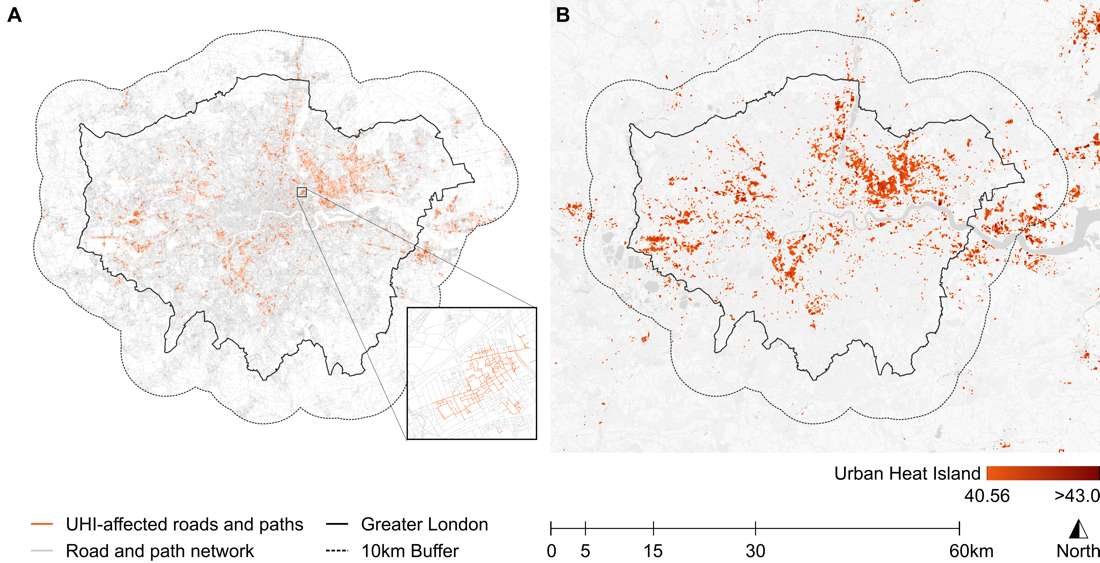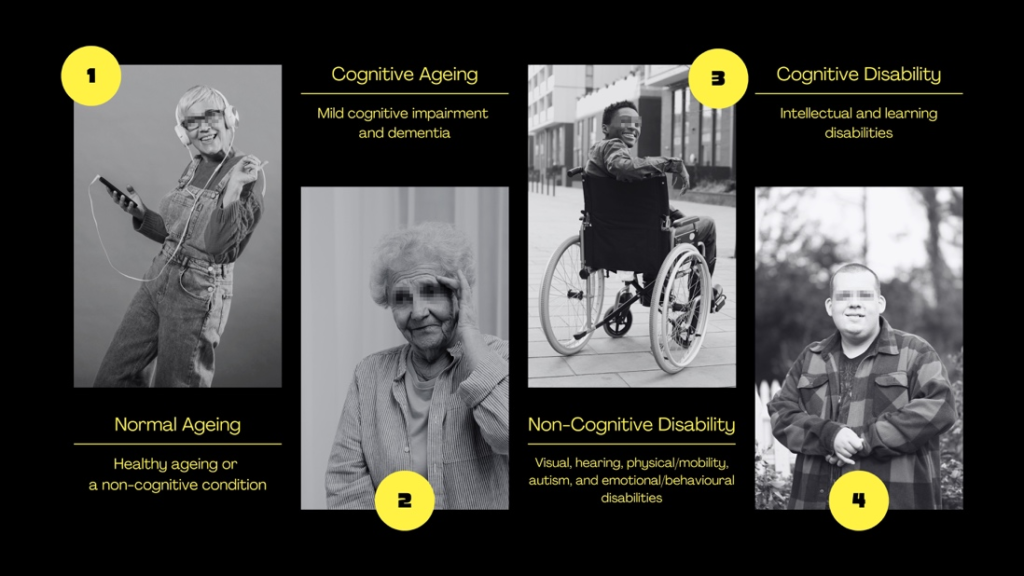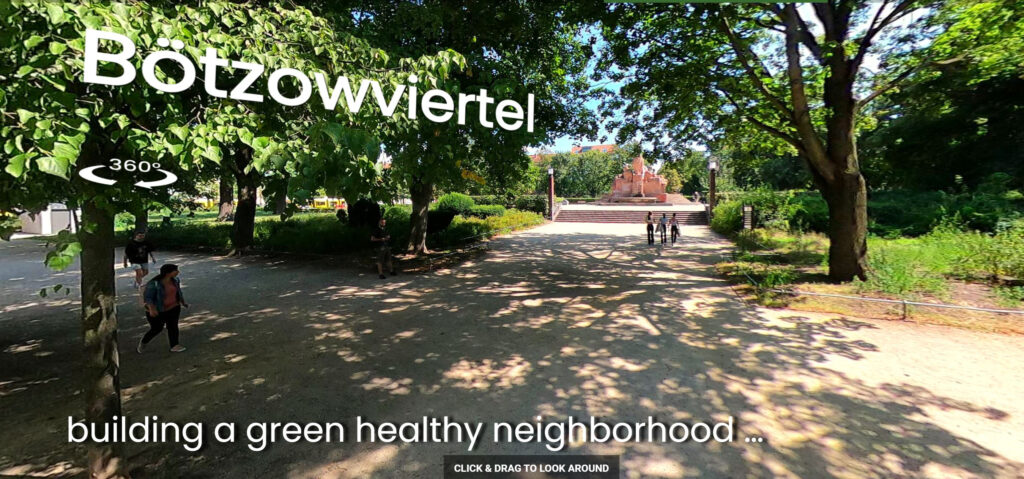City Know-hows

Our research highlights how some groups in London, like children, ethnic minorities, and lower-income residents, experience hotter areas due to the Urban Heat Island effect. We provide a clear approach for local governments to make climate action fairer and more effective.
Share
Target audience
City planners, public health officials, and community leaders working on climate change and urban development. Especially those focused on making cities more resilient and ensuring that climate actions reach the most vulnerable populations.
The problem
In cities like London, paved surfaces and buildings trap heat, making some areas significantly warmer. This ‘Urban Heat Island’ effect hits certain groups harder—like children, low-income families, and ethnic minorities—who live in hotter neighbourhoods. This puts their health and mobility at greater risk, particularly during heatwaves. While there are efforts to cool cities, they often miss the most affected areas, leading to deeper inequalities in who benefits from these climate interventions.
What we did and why
We studied how different communities in London are exposed to higher temperatures due to the Urban Heat Island effect. We combined satellite data with census information and used a unique method to see how these heat effects reduce people’s ability to move around their neighborhoods. Our aim was to give city leaders a clearer picture of where help is needed most so they can take action to make all areas, especially those most at risk, cooler and healthier.
Our study’s contribution
Our study provides new insights into how extreme heat affects different communities in London and offers practical steps for city leaders. We show:
• How heat exposure is unevenly distributed across various socio-economic and ethnic groups in London.
• A novel method for understanding how high temperatures reduce people’s ability to move around their neighbourhoods.
• Practical guidance for local governments to focus street-level interventions in the areas most affected, ensuring resources reach those who need them most.
Impacts for city policy and practice
Our findings highlight the need for targeted, equitable climate actions in London. We recommend that city officials:
• Prioritise cooling interventions in areas where vulnerable groups—such as children, lower-income families, and ethnic minorities—are most affected.
• Increase urban greenery and install cooling infrastructure, like shaded areas and water features, to alleviate heat in these hotspots.
• Consider heat impacts on daily life and mobility when planning streets and public spaces, to create healthier, more liveable environments.
Further information
Full research article:
 Urban heat island effect: examining spatial patterns of socio-demographic inequalities in Greater London by Kimon Krenz & Luisa Amann
Urban heat island effect: examining spatial patterns of socio-demographic inequalities in Greater London by Kimon Krenz & Luisa Amann
Related posts

Thailand has spent 16 years developing design guidelines for the elderly and people with disabilities. Still, accessible design for cognition remains inadequate for the impending super-aged society. This mismatch emphasises a critical failure in design planning that demands urgent improvement.

Australian pilot study finds a Healthy Urban Transition Tool can assess the liveability of urban environments and assist in transitioning neighborhoods towards improving the social determinants of health and health equity.

On this webpage, follow the Bötzowviertel case, a neighborhood streetscape analysis with pedestrian solutions.